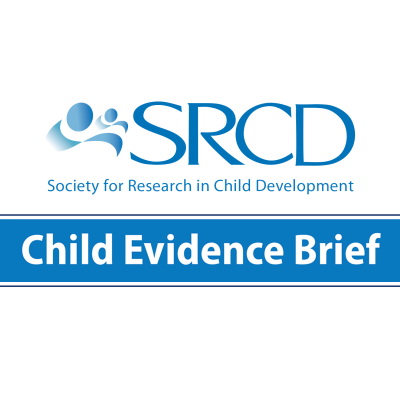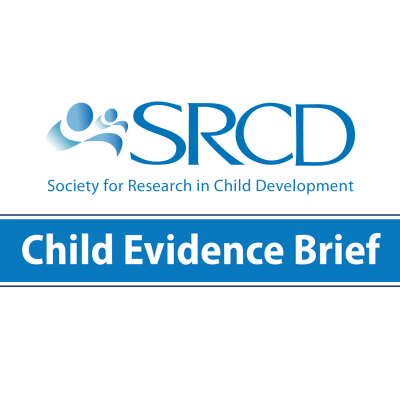Poverty in America: Implications for Children, Programs, and Policy
Social Policy Report Brief, Volume 26, Issue 3
Why Does This Matter?
In 2010, 15.5 million poor Americans were children under the age of 18—21 percent of all children. Poverty is a major risk factor for children’s development. Poverty in childhood, especially deep poverty, is linked to a range of physical-biological, cognitiveacademic, and social-emotional problems, and these problems persist into adulthood.
Poverty contributes to serious social problems, including a growing health and academic achievement gap, high school failure and dropout, declining college attendance and graduation rates, and an increasing workforce skills gap.
Policy Implications
Programs and policies in the United States that have been effective in reducing child poverty and strengthening the development of children in poverty include those that 1) focus on resources, transferring cash directly to poor families and providing in-kind assistance that offsets some of the need for cash, and 2) focus on promoting education and skills in children and adults in families living in poverty.
To reduce child and family poverty and strengthen the development of children in poverty, policymakers should:
- Implement a combination of strategies that have been demonstrated to be both effective and cost effective, recognizing that no one approach will suffice;
- Continue to evaluate promising approaches, such as programs that combine both strategies to reduce poverty through cash transfers and in-kind assistance and strategies to promote the education and skill development of children and parents in poverty; and
- Set a target for how much the rate of poverty among U.S. children should be reduced in the coming 5 to 10 years, as setting a target is important to building a road map of steps toward reducing poverty.
What the Research Says
- Poverty’s impact on children’s educational achievements and health results in lower economic productivity in adulthood and higher health care costs.
- Chronic stress associated with living in poverty changes children’s responses to everyday challenges in their schools and communities.
- Substandard housing and the physical and social hazards in many poor neighborhoods are detrimental to children’s development.
- Over and above temporary improvements caused by upturns in the economy, it is public policy that has exerted consistent downward pressure on child poverty rates.
- Programs that work directly to improve young children’s development through high-quality early care and education show positive effects, though often only in the short term.
- Conditional cash transfer programs are an innovative approach that integrates components aimed both at families’ economic needs and children’s well being by providing cash to low-income families if they fulfill such requirements as children’s school attendance. Early results from a recent U.S. program show positive effects across a range of human capital outcomes as well as reductions in poverty. Effects on learning were confined to a subset of the most prepared older children.
Facts at a Glance
- Over the last 35 years, poverty rates for White children have varied between 10 and 15 percent, and rates for Black and Hispanic children have varied between 25 and nearly 50 percent.
- Many factors have caused poverty rates to rise over the last 35 years, including declining work rates for men, stagnant wages for low-skilled workers, increasing numbers of children raised in female-headed families, and growing gaps in educational attainment. The current recession has hit poor families doubly hard due to the loss of both jobs and the social safety net tied to employment.
- U.S. programs and policies aimed at reducing poverty include those that transfer cash directly to poor families (like Temporary Assistance to Needy Families) and those that provide forms of in-kind assistance that offset some of the need for cash (like subsidies for housing). U.S. antipoverty policy has seen a decline in cash assistance through the welfare system and an increase in cash assistance through the tax system over the last 15 years.
- Tax credits (like the Earned Income Tax Credit and the Child Tax Credit) are estimated to lift 7.2 million Americans (including 4 million children) out of poverty, more than any other category of program at any level of government. They also encourage work effort and promote children’s development.
This brief summarizes a longer Social Policy Report, "Children, Families and Poverty: Definitions, Trends, Emerging Science and Implications for Policy," by Lawrence Aber, Distinguished Professor of Applied Psychology and Public Policy; Pamela Morris, Professor of Applied Psychology; and C. Cybele Raver, Vice Provost for Academic, Research, and Faculty Affairs and Professor of Applied Psychology, all of the Institute of Human Development and Social Change at New York University.


